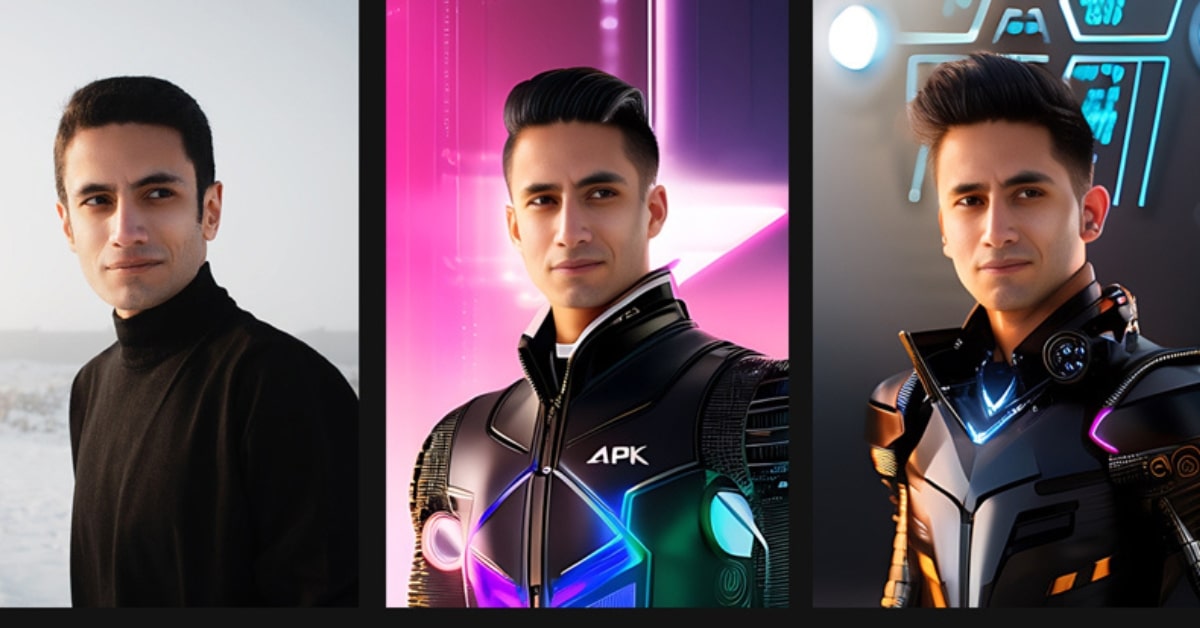A photorealistic manipulation is a captivating form of digital art that blurs the lines between reality and imagination. This art form allows you to create images that appear so realistic, they could easily be mistaken for genuine photographs. In this article, we’ll delve into the world of photorealistic manipulation, exploring the techniques, tools, and creative processes that help you transform ordinary images into breathtaking lifelike compositions.
What is Photorealistic Manipulation?
Photorealistic manipulation is a form of digital art where the primary goal is to create images that are virtually indistinguishable from real photographs. It involves meticulous attention to detail, skillful photo editing, and an understanding of light, shadow, and texture.
Essential Tools for Photorealistic Editing
To embark on a journey into photorealistic manipulation, you’ll need the right tools:
- Adobe Photoshop: This industry-standard software offers a wide range of features, including advanced layering and blending options.
- Graphics Tablet: A graphics tablet with pressure sensitivity can significantly enhance your editing precision.
- High-Quality Images: Starting with high-resolution source images is crucial for achieving realism.
- Reference Images: Access to reference images for details, textures, and lighting can be invaluable.
Key Techniques for Achieving Realism
Achieving photorealism requires a combination of techniques:
- Advanced Selections: Master selection tools and techniques to create precise masks and isolate objects.
- Layer Management: Organize and stack layers strategically for intricate compositions.
- Texture and Detail: Pay attention to the smallest details, such as textures, reflections, and highlights.
- Color Matching: Accurately match colors and tones for a seamless blend between elements.
- Dodge and Burn: Use these techniques to control light and shadow, enhancing the realism of your image.
Creative Tips for Stunning Photorealistic Manipulation
- Attention to Detail: Obsess over details, ensuring that every aspect of your composition is convincing.
- Reference Images: Always refer to real-life images when you’re unsure about how something should look.
- Consistency: Maintain a consistent lighting and color scheme throughout your composition.
- Realistic Shadows and Highlights: Properly placed shadows and highlights are crucial for photorealism.
- Blending Modes: Experiment with blending modes and layer styles to create a convincing blend.
Ethical Considerations in Photorealistic Editing
While photorealistic manipulation is an art form, ethical considerations are important:
- Honesty: Disclose when an image has been manipulated, especially in professional or journalistic contexts.
- Respect for Copyright: Use images that you have permission to manipulate or create your own content to avoid legal complications.
- Respect for Reality: Avoid creating manipulated images that may mislead, harm, or deceive viewers.
Conclusion
Photorealistic manipulation is a challenging but rewarding form of digital art that allows you to create images that mimic reality with astounding precision. By mastering the essential techniques, using the right tools, and being mindful of ethical considerations, you can embark on a creative journey that pushes the boundaries of what’s possible in the world of digital art. Whether you’re creating art for personal enjoyment or professional projects, the art of photorealistic manipulation offers endless possibilities for visual storytelling and creativity.
FAQs
Is photorealistic manipulation only for experts?
While achieving photorealism may require advanced skills, anyone can start learning and improving their abilities with dedication and practice.
Can I use stock images for photorealistic manipulation?
Yes, but ensure you have the appropriate licensing or permissions for image usage, and always respect copyright laws.
What are some online resources for learning photorealistic manipulation techniques?
There are numerous tutorials, courses, and communities online dedicated to photorealistic manipulation, offering valuable insights and guidance.
Can I create photorealistic images on a tight budget?
Yes, there are free or affordable alternatives to expensive software, and many resources can help you learn on a budget.
Is photorealistic manipulation considered deceptive art?
Photorealistic manipulation is a creative art form, but using it to deceive or mislead viewers is not ethical. Transparency is important.
This page was last edited on 20 February 2024, at 4:10 pm
